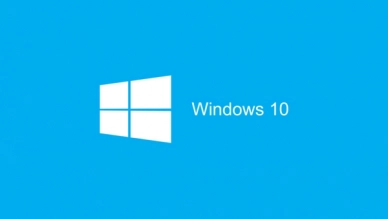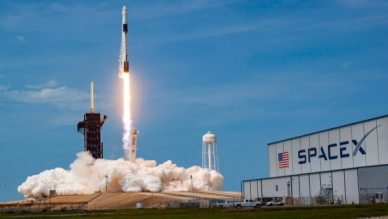SpaceX Takes One Step Closer to Mars: Successful Starship Flight
A significant milestone in space exploration history has just been set. On June 6, 2024, SpaceX’s Starship successfully completed its fourth test flight, marking a major advance in the journey to send humans to Mars.
Starship launched from SpaceX’s Starbase facility in Boca Chica, Texas, on June 6, 2024. The Starship launch system consists of the Starship spacecraft atop the Super Heavy booster. A total of 32 out of 33 engines of the vehicle fired during the launch, according to CNN.

Starship passed several crucial milestones during the test flight, including the Starship spacecraft remaining intact after enduring extreme temperatures in Earth's atmosphere, with both the spacecraft and booster landing safely. After separating from the spacecraft, the Super Heavy booster successfully executed an engine burn for the first time to land softly in the Gulf of Mexico about 8 minutes after launch. Meanwhile, the Starship spacecraft completed its orbital flight. Approximately 50 minutes after launch, the spacecraft began its controlled re-entry process. Plasma accumulated around the vehicle as its heat shield faced extreme temperatures in the atmosphere. Starship is covered by 18,000 ultra-light hexagonal ceramic tiles to protect the vehicle during re-entry.
The test flight occurred two days after the U.S. Federal Aviation Administration, the agency that licenses commercial rocket launches, approved SpaceX’s launch application. Each SpaceX test flight has different goals to accumulate experience. The Starship development team updated software and hardware for the launch system based on lessons learned from the third test flight.
"The fourth flight of Starship brings us closer to the future of rapid reuse of launch vehicles. We will continue to rapidly develop Starship, putting hardware into flight environments to learn as much as possible while building a fully reusable transportation system to carry people and cargo to Earth orbit, the Moon, Mars, and beyond," SpaceX stated.
The first two test flights aiming for orbital speeds in 2023 ended in explosions, with the spacecraft and booster igniting before landing. The third test flight in March 2024 lasted nearly an hour and achieved several milestones before breaking apart during re-entry, instead of landing in the Indian Ocean as planned. The Super Heavy booster was also lost after none of its engines fired for a controlled autonomous sea landing. For the June 6 flight, SpaceX made numerous hardware and software updates and changes to ensure the booster engines fired correctly and added more thrusters to Starship to prevent unexpected oscillations as in the third flight.
Starship is the central launch system in SpaceX CEO Elon Musk’s ambition to send humans to Mars for the first time. Starship is the tallest (120 m) and most powerful rocket ever built, capable of generating nearly 8,000 tons of thrust at launch. NASA has selected Starship to land astronauts on the Moon as part of the Artemis program. When Starship makes its journey to the Moon, it will have to remain in near-Earth orbit while SpaceX launches separate support vehicles to refuel the spacecraft. The mission to land astronauts on the Moon is set to take place as early as 2026.
Submit feedback
Your email address will not be made public. Fields marked are required *
Search
Trend
-
What is Black Myth: Wukong? Detailed Guide on System Requirements and Gameplay
08-21-2024 . 1k view
-
The simplest and fastest way to log into the Chinese TikTok, Douyin.
01-10-2022 . 1k view
-
Blog sites that will accept AI generated content
07-26-2024 . 1k view
-
Call of Duty: Black Ops 6 - Intense, Mysterious, and Surprising Warfare
09-02-2024 . 1k view
-
The "End of Life" for Windows 10: A Massive E-Waste Threat and Sustainable Solutions
08-18-2024 . 952 view










0 feedback